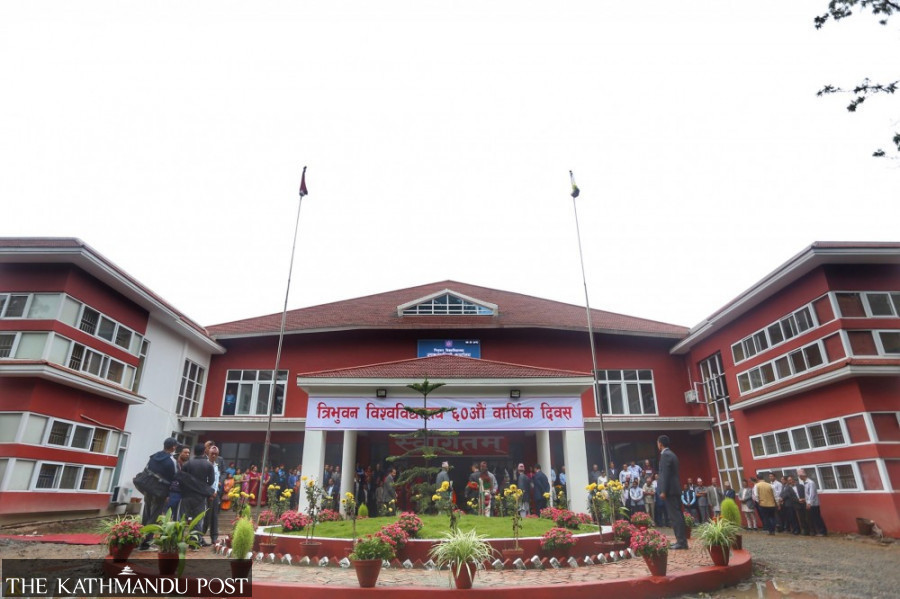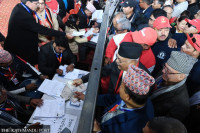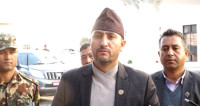National
Falling enrolment prompts Tribhuvan University to merge colleges under it
Nepal’s largest university solicits merger proposals from colleges having unsustainably low numbers of students.
Binod Ghimire
With a steady decline in student enrolment, the Tribhuvan University on Tuesday called for merger applications from its affiliate colleges that have very small numbers of students.
Issuing a notice, the country’s oldest varsity sought applications for a merger between two or more colleges. Interested colleges have been asked to submit separate applications to the university administration along with an official decision of the college managements concerned. They have until July 15 to submit applications.
Shiva Lal Bhusal, rector at the university, said they made the calls based on the requests of the colleges themselves. “Dozens of colleges are struggling to sustain due to falling student numbers. Merging such institutions would be better than shutting them down permanently,” Bhusal told the Post.
This is the first time the university has taken a measure to slash the number of its colleges across the country.
The University Grants Commission, the government entity that oversees university education, has time and again cautioned the government and the respective universities about the gradual decline in student numbers.
Organising a meeting of representatives from several universities in April, the commission had said continuing with the colleges that have few students was nothing but a waste of money. It had floated the merger option.
A report by the commission showed that 624 colleges—constituent, community and private—under various universities have fewer than 100 students each. An additional 277 colleges have under 200 students. They make up for more than 50 percent of the total colleges—1,440—being operated under more than a dozen Nepali universities.
The commission’s report shows the total number of students at the universities stood at 466,828 in the fiscal year 2019-2020. The number fell to 460,826 in 2020-2021. Student numbers at the Tribhuvan University slipped to 347,269 in 2020-2021 from 356,654 the previous year. At Kathmandu University, the student numbers decreased to 16,046 from 18,643 during the same period.
The colleges and universities say significant increase in the number of students travelling abroad for higher education and the low pass rate in the grade 12 examinations has decreased the pool of students at the university level. On average, 230,000 students get through grade 12 examinations every year. Some 114,000 students acquired No Objection Certificates (NOCs) from the government in the previous fiscal year for higher studies abroad. Similarly, around 13,000 went to India. An NOC is not mandatory for studying in India.
The pool of students for the Nepali universities remains around 90,000 after deducting the number of those opting for higher education abroad, including India. And not everyone who has graduated school pursues university education.
Kishor Gautam, principal of Himalaya College of Engineering, said the overall enrolment of students for the bachelor’s in engineering in 53 private colleges across the country is around half their capacity. “The decline in students started a few years back and is plunging steadily. We are worried about our future,” he said.
College managers say the failure of the universities to follow the academic calendar and over-politicisation are some of the major reasons the students are unwilling to study in Nepal.
There is also a wrong perception that the quality of education in Nepal is poor.
Mandip Subedi, associate professor at Universal Engineering College, said the graduates from domestic engineering colleges have the highest success rate in the licensing tests conducted by the Nepal Engineering Council. A licence from the council is a must to practise engineering in the country. “Most of the engineering colleges are providing quality education at very low fees compared to the engineering colleges in other countries,” he said.




 19.12°C Kathmandu
19.12°C Kathmandu















